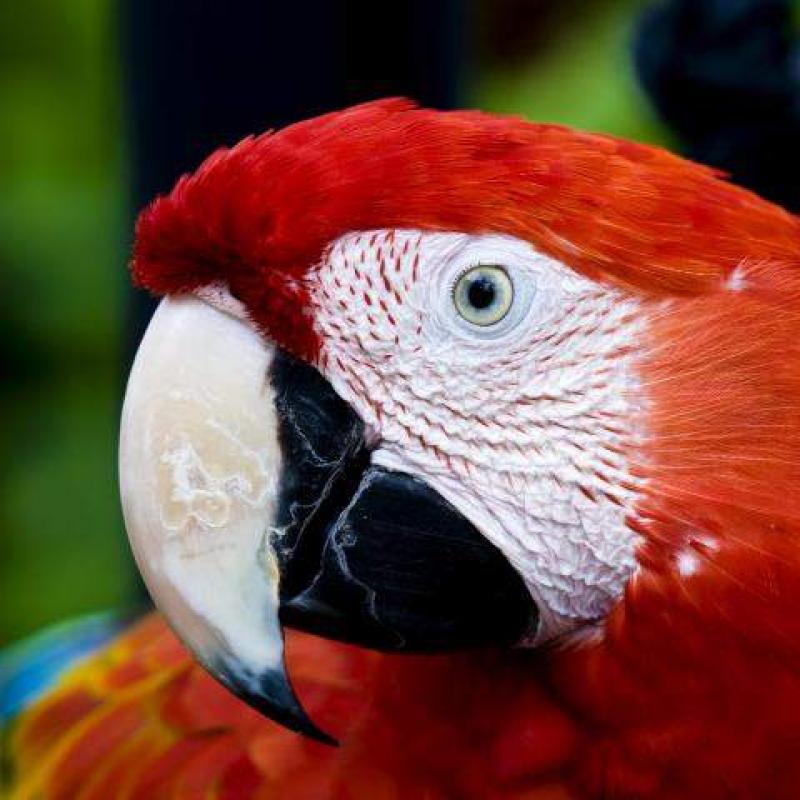Scientists Find Evidence of 1,000-Year-Old Parrot-Breeding Operation in the American Southwest


DNA evidence appears to have revealed an ancient parrot-breeding operation in the southwestern United States, a new study reports.
A team of researchers from several U.S. universities analyzed ancient scarlet macaw DNA to try to understand how so many scarlet macaw skeletons ended up outside their native range of Central and South America. After reconstructing genomes from bird bones, it appeared that some group of humans had bred the macaws.

“Our results suggest that people at an undiscovered Pre-Hispanic settlement dating between 900 and 1200 CE managed a macaw breeding colony outside their endemic range and distributed these symbolically important birds through the [Southwestern United States],” the authors wrote in the paper published in the Proceedings of the National Academy of Sciences.
Macaws took on an important role in Central American societies, and Europeans in the 16th century noticed macaw feathers on the people they saw in the present-day Southwestern United States, according to the paper. But it’s perplexing that the birds made it to Arizona or New Mexico, given that the northernmost part of their range is the present-day Mexican state of Tamaulipas on the Gulf Coast. Other scientists have proposed that people trekked to get the birds, or perhaps the birds were slowly brought between communities. But the researchers behind the new paper instead hypothesize that, after a long trip to catch the birds in the wild, the unnamed settlement maintained a breeding program.
This would make sense—archaeologists have found evidence of macaw breeding centers at the archaeological site of Paquimé in the Mexican state of Chihuahua. But those breeding centers have been dated to 1250 to 1450 CE. The macaw bones found in Arizona and New Mexico were dated to between 900 and 1200 CE.
The researchers reconstructed complete or nearly complete mitochondrial genomes from the bones of 14 macaws found at southwestern US sites, and they compared these genomes to those of modern macaws. Wild scarlet macaws can be divided into seven genetic lineages, but all 14 of the ancient macaws seemed to originate from just one of those lineages, one whose genetic markers are relatively uncommon in modern birds.
That similarity led the scientists to conclude that the birds were captured and then bred, perhaps hundreds of years earlier than previously thought.
Where such a breeding center existed is still unknown, the scientists write. It will take further evidence to fully support their hypothesis. National Geographic points out that other lines of evidence, like paintings of macaws on pottery, also hint at a breeding center in the region.
It’s fascinating that ancient bird DNA can teach us about how humans once lived. The work highlights just how much our own history is intertwined with those of the animals we live alongside.






A thousand years ago, someone was raising parrots in Arizona, and distributing them throughout the Southwest.
How cool is that?!!
This is a really cool discovery. With much of the new technology we are discovering so many things about our ancestors that it's totally changing many of the ''believed'' theories that were taken as gospel.
Great seed.